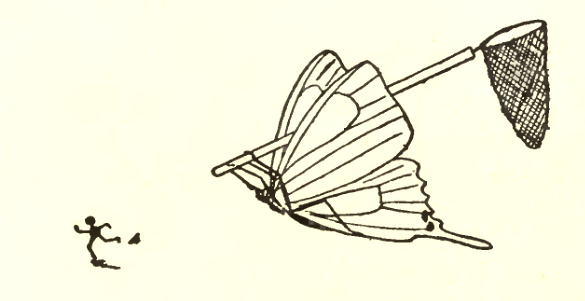
When Retraction Watch began in 2010, our co-founders Ivan Oransky and Adam Marcus quickly realized they couldn’t keep up with the hundreds of retractions that appeared each year. And the problem has only gotten worse — although we’ve added staff, the number of retractions issued each year has increased dramatically. According to our growing database, just shy of 1,000 retractions were issued last year (and that doesn’t include expressions of concern and errata). So to get new notices in front of readers more quickly, we’ve started a new feature called “Caught our Notice,” where we highlight a recent notice that stood out from the others. If you have any information about what happened, feel free to contact us at [email protected].
Title: Combined hydrogels that switch human pluripotent stem cells from self-renewal to differentiation
What caught our attention: Institutional investigations aren’t always a sign misconduct has occurred — in this instance, the University of Nottingham determined the problems with the paper stemmed from “accidental mistakes in the preparation of the figures,” when an author selected the wrong images from the archive. We also appreciated the thoroughness of the notice in explaining what happened. (Some of the images have been discussed on PubPeer.)
Journal: Proceedings of the National Academy of Sciences (PNAS)
Authors: James E. Dixon, Disheet A. Shah, Catherine Rogers, Stephen Hall, Nicola Weston, Christopher D. J. Parmenter, Donal McNally, Chris Denning, and Kevin M. Shakesheff
Affiliation: University of Nottingham, United Kingdom
The authors wish to note the following: “The corresponding authors were recently made aware of errors in Figs. 2 and S9 that required investigation. The journal editor was informed immediately and the University of Nottingham conducted an investigation into the cause(s) of the errors, their implications for the validity of the conclusions of the paper, and whether appropriate corrections could be submitted. This investigation was overseen by a member of the University Executive Board and was independent of the authors. The investigation concluded that the errors were caused by accidental mistakes in the preparation of the figures. The author who prepared the figures selected incorrect images from the data archive. By investigating the original data archives, it was concluded that (1) the correct images were available at the time of figure preparation, (2) the correct images were similar in key features of scientific relevance to the experiments, (3) the correct and original data was available to use or it was appropriate to remove that figure section, and (4) the university evaluated the matter and determined a correction was appropriate and should be submitted to the journal for peer review. Accordingly, we have replaced the image in Fig. 2B with the correct original image and removed the 2-hour data point from Fig. S9A.
Images are included in the notice.
Date of Article: March 2014
Times cited, according to Clarivate Analytics’ Web of Science: 27
Date of Notice: October 2017
Like Retraction Watch? Consider making a tax-deductible contribution to support our growth. You can also follow us on Twitter, like us on Facebook, add us to your RSS reader, sign up on our homepage for an email every time there’s a new post, or subscribe to our daily digest. Click here to review our Comments Policy. For a sneak peek at what we’re working on, click here.